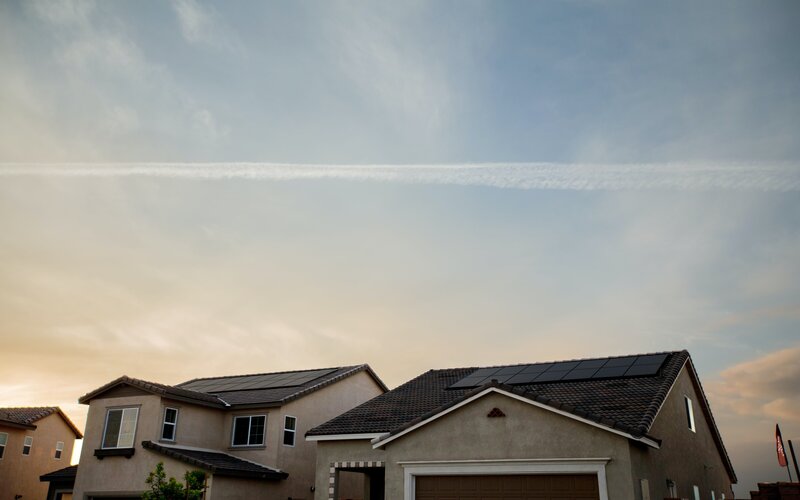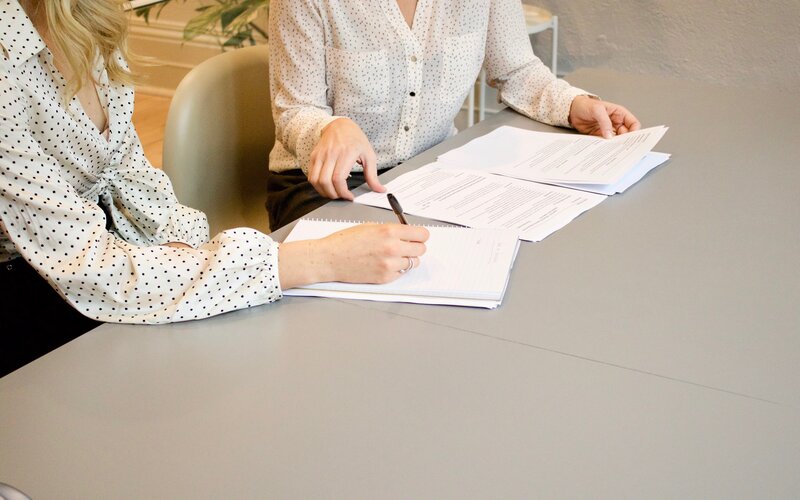The figures from the Australian Bureau of Statistics (ABS) were considerably stronger than the 5.3% rate forecast by economists.
Employment increased by 115,000 people from April to May, almost double the expected 60,000 increase.
Bjorn Jarvis, head of labour statistics at the ABS, said it was the seventh consecutive month the rate had decreased.
"The unemployment rate fell to 5.1%, which was below March 2020 (5.3%) and back to the level in February 2020 (5.1%)," Mr Jarvis said.
"The declining unemployment rate continues to align with the strong increases in job vacancies.
"The number of unemployed people fell by 53,000 in May, down to 701,000.
"The number of unemployed people has fallen by around 303,000 since the peak of one million unemployed people in July 2020."
Underemployment decreased by 0.3 percentage points to 7.4% in May, its lowest level since January 2014.
The participation rate increased by 0.3 percentage points to 66.2% and was close to its historical high of March 2021.
The Reserve Bank forecast the unemployment rate would be 5% by the end of the year, but the strong figures will throw this into doubt.
Many economists have raised the possibility of an early cash rate hike, but Indeed's Asia-Pacific economist Callam Pickering warned on Twitter it was too early to tell.
"While such strong employment figures raise the possibility that the RBA will lift rates sooner than expected, we must not forget that nobody knows how low the unemployment rate will need to go to trigger the 3 to 3.5% wage growth the economy needs," Mr Pickering wrote.
Over the past two months, employment has increased by 84,000 people - 1% higher than at the start of the pandemic.
Female employment was 1.6% above figures at the start of the pandemic, compared with 0.5% for men.
"The increase in female employment in May means that a higher percentage of women were in paid work than ever before – 58.8%, 0.7 percentage points higher than the start of the pandemic," Mr Jarvis said.
"The difference was even greater for women aged 15 to 64, whose employment-to-population ratio in May was 1.5 percentage points above March 2020."
Youth unemployment marginally increased by 0.1 percentage points to 10.7%, however, the last time the rate was this low was in January 2009.
Westpac economists said this was a very robust update suggesting firms were finding the workers they need at the price they are willing to pay.
"It brings the pace of employment growth more in line with leading indicators such as job ads, business surveys and vacancies," they said.
"While firms have been reluctant to pay higher wages to get the workers they need, they do appear to be adapting to conditions and with the fall in underemployment, the pressure will only grow as the supply of labour is struggling to match demand.
"The increase in demand for female labour is particularly stunning."
Photo by Kentaro Toma on Unsplash



 Denise Raward
Denise Raward


 Rachel Horan
Rachel Horan

